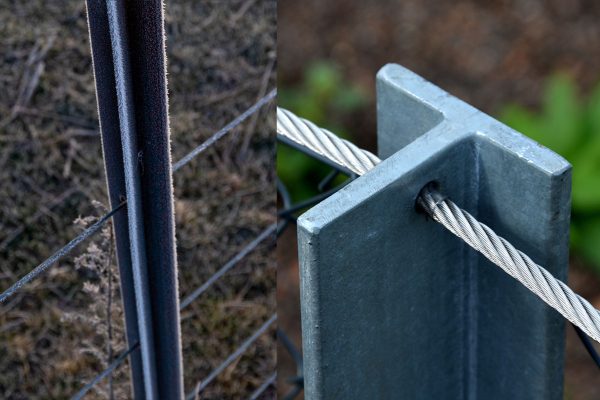Your posts serve as the foundation that supports the entire fence; their strength determines the structure's durability. Concrete has been the traditional choice but new options like expanding foam have emerged on the market. We have researched everything you need to know about which setting material best suit your posts' installation needs.
Lighter fences are best set in expanding foam while heavier structures should have a concrete foundation. The dimensions and materials of your fence determine the ideal setting compound.
Different structures, designs, and purposes dictate the foundation of your fence posts, you could either set them in concrete or expanding foam. This post is aimed to help you determine the best option based on your needs, requirements, and preference.
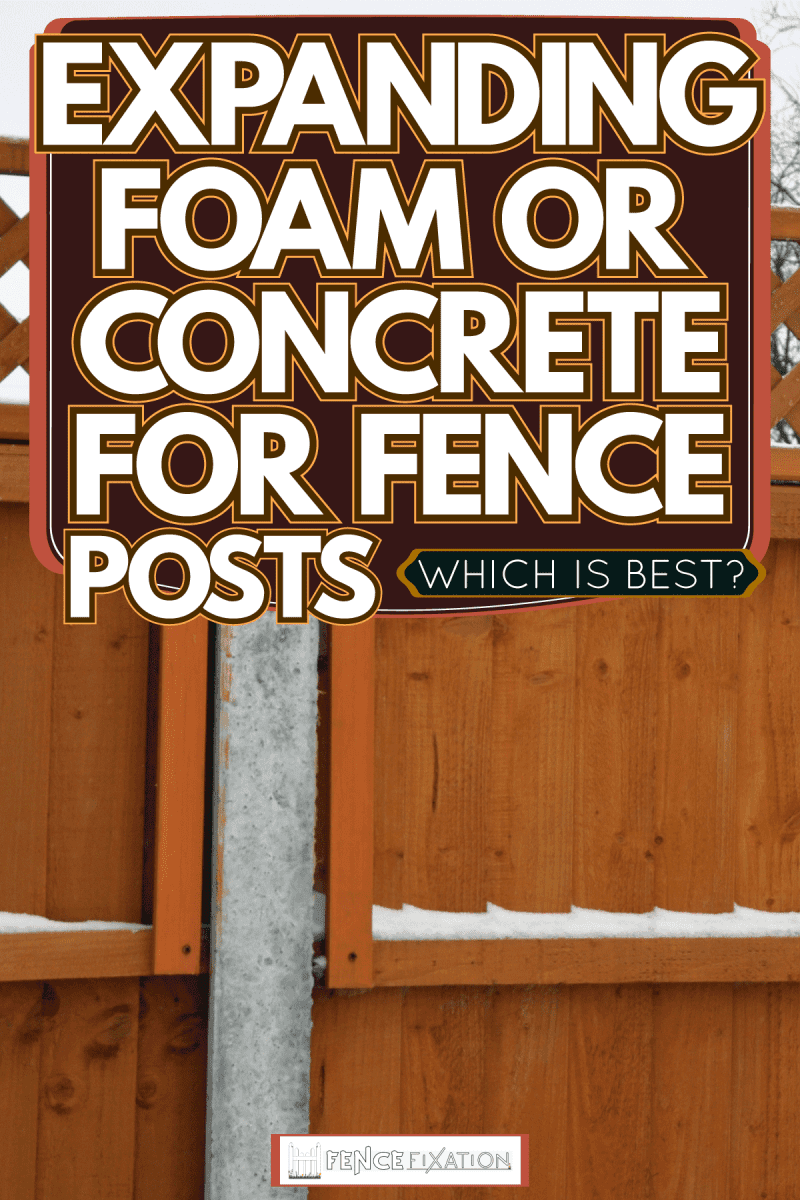
What Is Expanding Foam?
When Polyol, a complex alcohol, and Diisocyanate, a petroleum by-product, are mixed and heated, the combination produces a polymer or plastic known as urethane.
Liquid polyurethane expands when the components react and come in contact with air. Expanding foam is polyurethane-based and that is why it possesses the characteristic. Once the substance has fully expanded and been set, the process is irreversible.
Initially, polyurethane was used for foam beds and cushions, foam inserts for shipping purposes, and as an ingredient for paint and adhesives.
Eventually, it evolved as an insulating material, sealing and filling tool, and an option in setting posts and other structures. So how does expanding foam fare as a foundation? Below is a list of its advantages and disadvantages.
Pros
1. Easy To Use
Once you have prepared the foundation, dug the appropriately sized hole, and positioned the post, you can directly apply the expanding foam.
The product comes in light 2 to 2.5 pound bags that feature a division in the middle to separate the reactive components. Simply roll the package on itself until the seal breaks and the chemicals mix.
How long does expanding foam take to harden?
Invert the bag several times for around 20 seconds to allow the agents to merge evenly. Cut a corner of the pack and pour the mixture around the foot of the post. The foam will take roughly about three minutes to expand and fill the cavity and two hours to fully set and reach its full strength.
Check out Sika Fence Posts Expanding Foam on Amazon.
2. Temperature Resistant
Since polyurethane is a stable compound, it is not affected by temperature. While it is best used or applied at 41 to 68 degrees Fahrenheit (5-20 degrees Celcius), the cured foam can withstand temperatures between -40 and 212 degrees Fahrenheit (-40 and 100 degrees Celcius).
This can be attributed to its semi-rigid composition, meaning that on a molecular level, there is enough room or space for expansion and shrinkage which does not affect the structural form of the material.
3. Water Or Moisture Resistant: Is spray foam waterproof?
There are several options when choosing the right foam density based on usage and application. Open-cell foam is best for insulation, it is not compact and is not waterproof or water-resistant.
Closed-cell foam is water-resistant and ideal for filling wall cracks and cavities. High-density closed-cell foams are non-porous, waterproof, and best suited for post setting. This protects your foundation from moist-related deterioration like rust, rotting, or decay.
4. Durability and Longevity: How strong is expanding foam?
Due to its inherent resistance to water and temperature change, expanding foam is durable and can last up to 30 years without regular care and maintenance. Polyurethane is noted for its longevity and capacity to retain its physical properties considerably well.
5. Environment Friendly
In comparison to concrete, polyurethane products require minimal basic materials to manufacture, less energy to produce, and emit less waste. They do not deteriorate or break down and contaminate the soil, have no negative effects on the ecosystem, and are generally considered to be environment friendly.
Cons
1. Quick Setting Time
Expanding foam sets quickly, making it easier and faster to apply and complete. However, this may create a disadvantage since you have limited time to readjust the alignment or placement of your post before the foam hardens.
You have to ensure that the structure is properly positioned prior to application. If the expanding foam is not distributed evenly, it may displace the post since the expansion force is uniform while the space is not.
2. Load Bearing Strength
Expanding foam is not generally recommended for high or heavy metal fences since it is relatively new and untested in terms of load-bearing capacity. Some manufacturers are in the process of developing products suited for this purpose.
You may opt to deepen and expand the dimensions of your foundation and apply more expanding foam to increase its strength, this will, however, cost you more.
3. Cost: How much expanding foam do I need for fence posts?
In terms of material requirements, a six-foot post would need about 80 pounds of a concrete mixture or the equivalent of a two-pound expanding post foam.
The former costs about $15, while the latter would translate into $25 or more. This figure would become significant if you have several posts to install.
Concrete
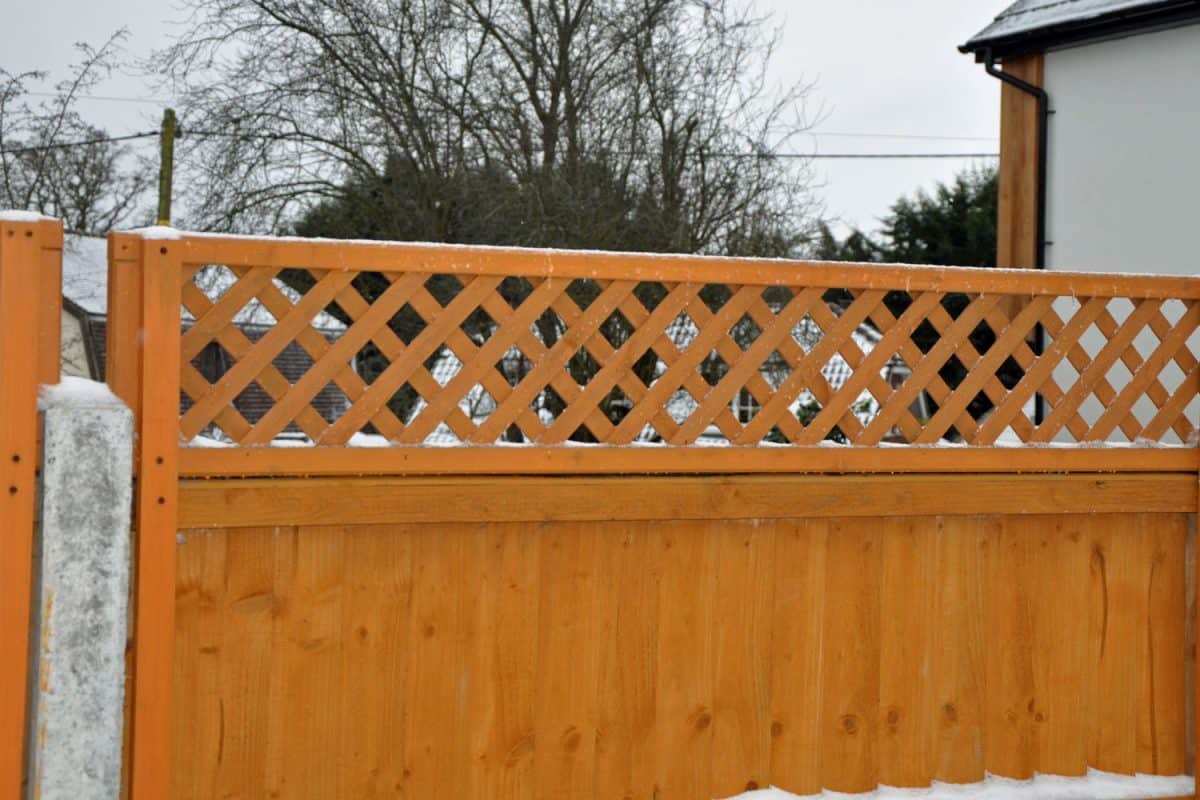
Concrete has been the traditional choice in construction and is a solid and durable foundation for posts. It is a combination of cement, gravel, and sand mixed at specific ratios and hardens with the addition of water. Like most materials, it has its advantages and disadvantages.
Pros
1. Strength And Durability
When prepared and applied properly, concrete is a strong material that lasts for very long periods. It is not susceptible to water damage, parasite infestation, or rotting and generally holds up well in any weather. It provides good protection for fence posts against the elements on the soil.
2. Weight Bearing Application
Due to its inherent strength and consistency, concrete provides an excellent foundation for various structures such as buildings, bridges, and others. Before the relatively new products were available, concrete was considered the standard in setting posts. It can support heavy fences like steel or wrought iron, let alone wood or aluminum.
3. Cost
As mentioned, there is a significant difference between the cost of concrete and expanding foam. If you are planning to build an extensive structure that would require numerous post foundations, you may have to consider how it would impact your budget. Concrete is the more affordable option.
Check out Concrete Mixing Bag on Amazon.
Cons
1. Weight And Preparation
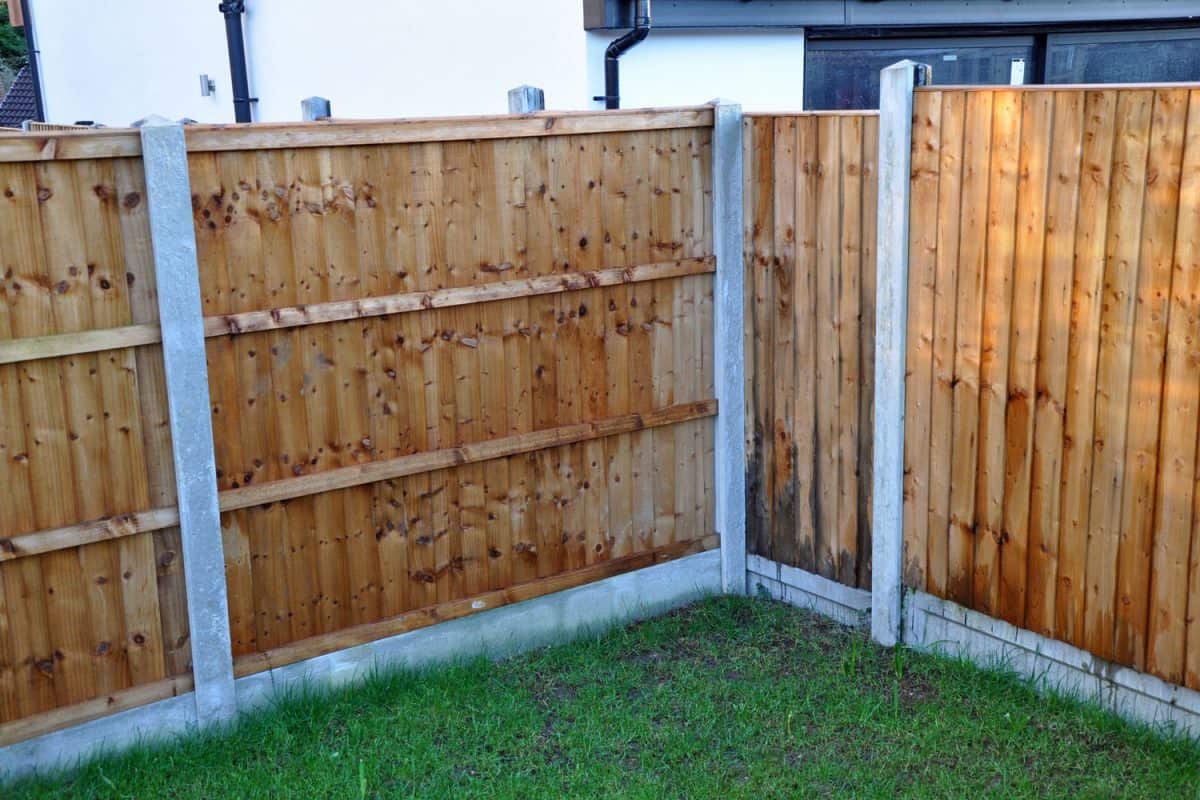
If you are setting several posts and decide to do it yourself, the weight and preparation of the materials may be an issue. The average bag of cement alone weighs 110 pounds (50 kilograms), not to mention the aggregates of gravel and sand.
You have to mix them thoroughly with the right proportion between materials and water before you can actually pour the compound into the post foundation.
2. Setting And Curing Time
Concrete takes time to set and you may need temporary braces to keep the posts in place until the cement hardens. It would take at least 30 to 45 minutes for the post to remain upright on its own, longer, if the structure is heavier.
Curing time refers to the period it takes for the concrete to fully reach its structural strength, and this may take two weeks to a month.
3. Environmental Impact
The production of cement has been criticized for the amount of waste and by-products its manufacture entails. The industry is responsible for emitting large amounts of carbon dioxide which compromise the ozone layer. Once applied, concrete can contaminate and damage the soil and its surroundings.
In Conclusion
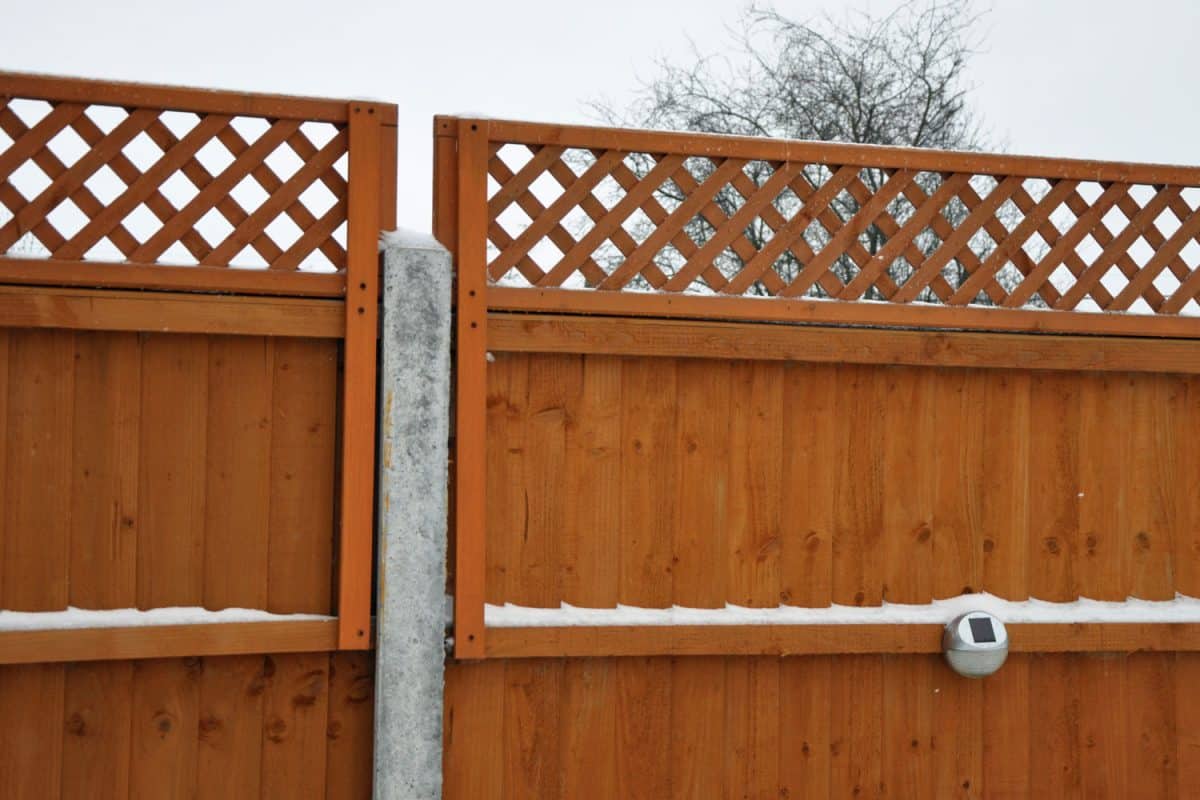
Concrete and expanding foam each have their merits as well as drawbacks. In general, concrete is more suitable for high and heavy structures whereas expanding foam is ideal for lower or lighter fences.
Depending on the actual dimensions of your posts and fence material, we hope we provided enough information to enable you to make the right choice.
Can You Pour Concrete For Fence Posts In The Rain?
Should Fence Posts Be Below Frost Line? [How To Prevent Frost Heave Posts]




